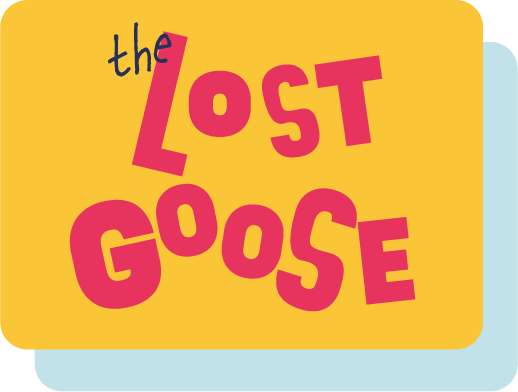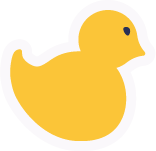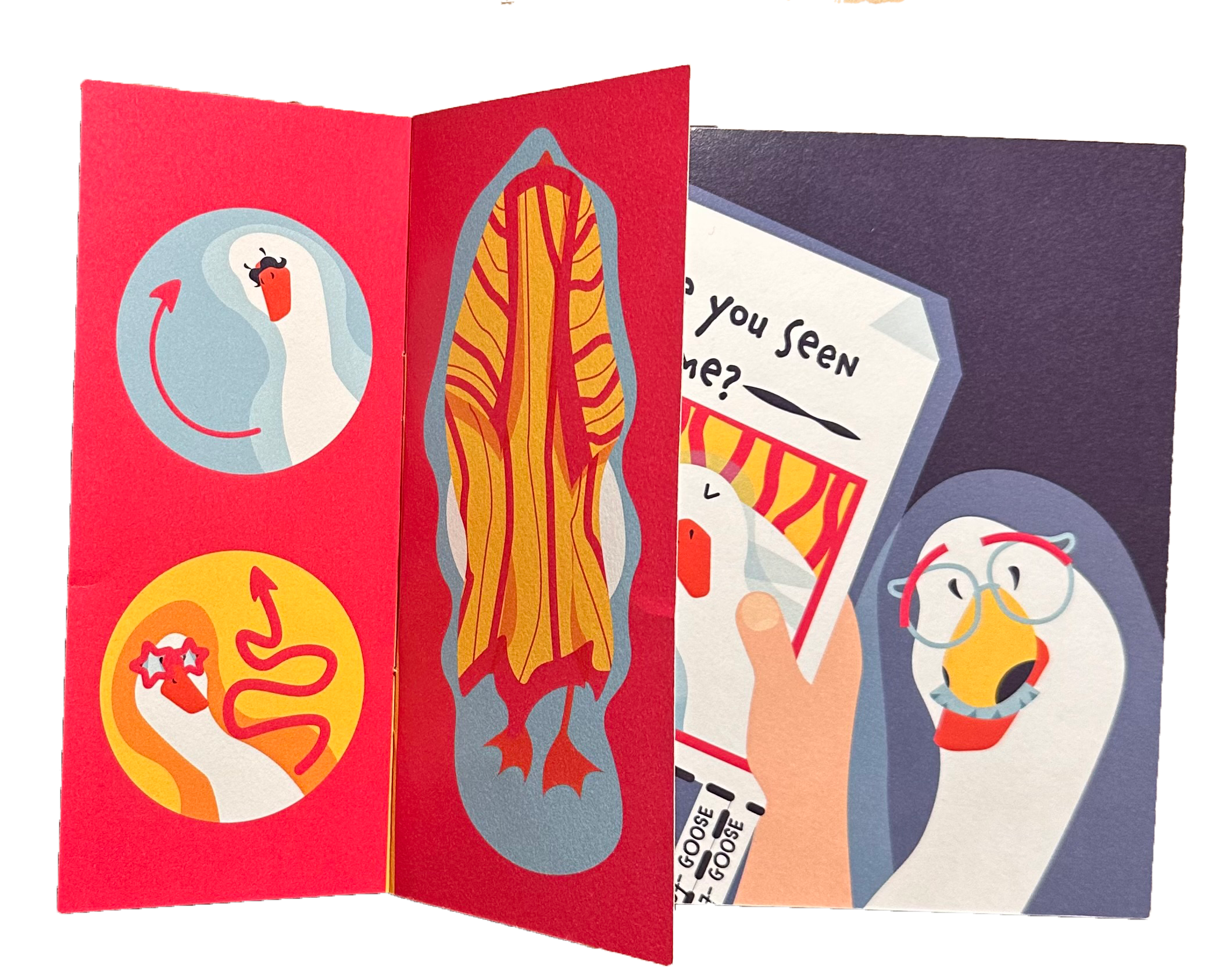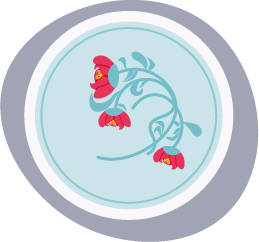
As a society we agreed on different conventions like OK being an OK answer to any phrase or question, uncommon idioms like ‘the elephant in the room’ (as if anyone has seen an elephant stuffed in a room) or being a ‘silly goose’, or what ASD might look like.
A lot of the times there are exceptions that don’t fit in any boxes, so where do they really fit?




‘For every woman diagnosed with ASC, roughly 3 to 6 men are diagnosed’



The elephant in the room is that...
A lot of women live into their 30s and 40s without being diagnosed with neurodivergent conditions (such as Autism), while still experiencing the struggles. The Lost Goose zine helps women identify potential autistic traits in themselves and crack down on the masking.
This is to all the women out there who have been told that they’re just a ‘silly goose’ sometimes, when it’s just the amazing way their brain works.

The solution was to bring awareness to young women and their peers. To tackle it, I have devised a 3-stage plan that would raise interest by stirring the audiences curiosity…
and what better way to do that, than with a loveable, cheeky goose!


Stage 1
Is that a goose?




First, we fill the environment with vague references to the LoST GooSE. They raise so many eyebrows because they are just out of context.




Stage 2
The lightbulb moment
The zine is the Eureka moment for the audience. By being placed in common spaces around different campuses, it's easily accessible and it describes what a late Autism diagnosis for a woman might look like.
Now, we create a community!
Every zine comes with a sticker page where the reader can pick out a sticker to keep on their phone case, laptop etc.
With every sticker, zine and badge placed, the GooSE becomes more and more visible, breaking down the silence and the stigma around neurodivergent women.
Stage 3
Merchandise that builds the community

The zine is the Eureka moment for the audience. By being placed in common spaces around different campuses, it's easily accessible and it describes what a late Autism diagnosis for a woman might look like.










